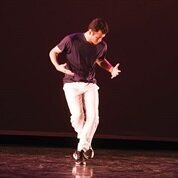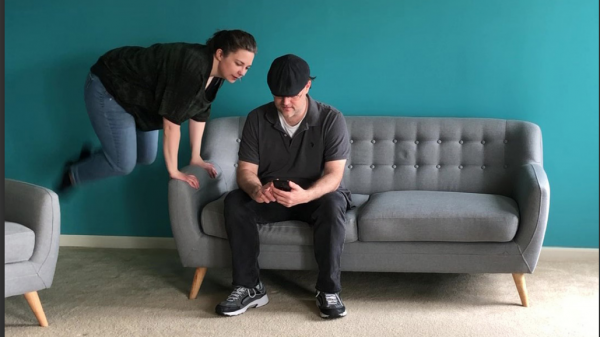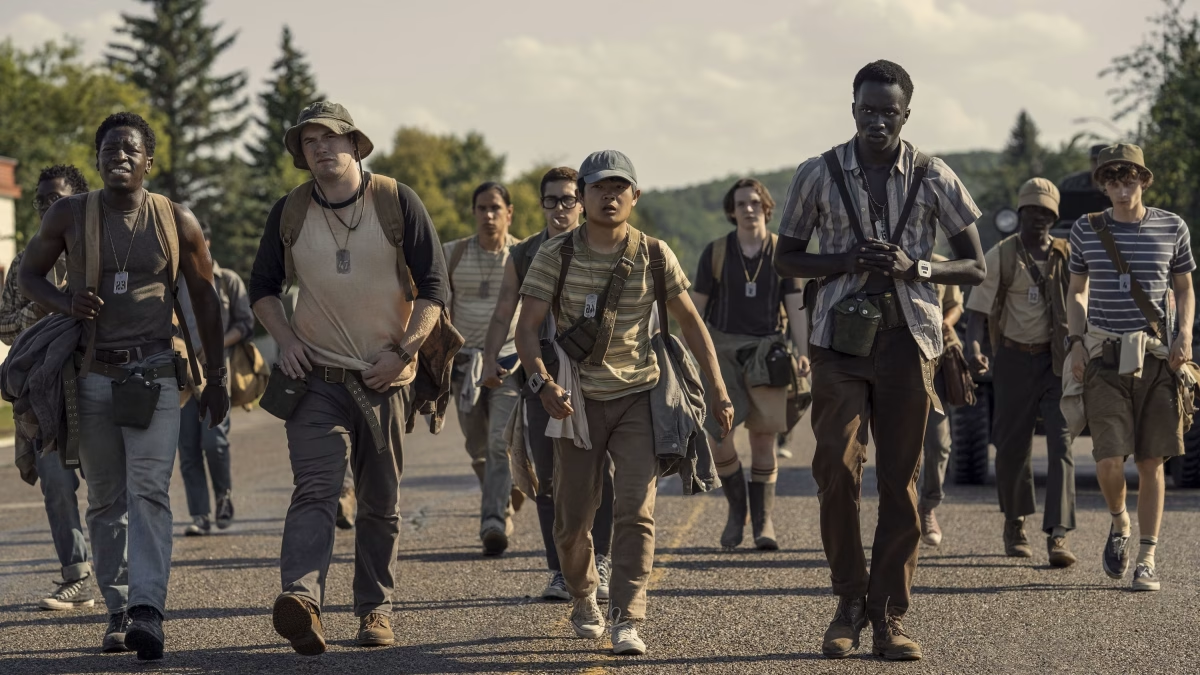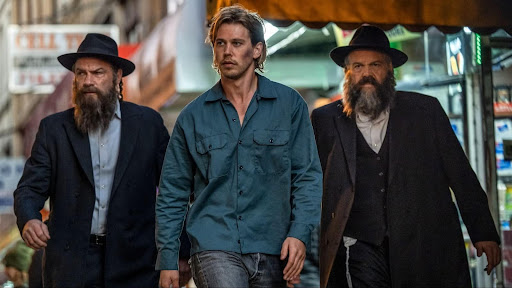CLC dancers met the challenge of performing their winter concerts in a pandemic by stepping to the music through the power of technology in the comfort of their homes.
Photo courtesy of CLC dance department
The dances ranged from the classical dance of ballet to the more contemporary steps of jazz and modern dance. Performances included solo acts as well as duets and group dances. A tango dance routine, for example, incorporated multiple dancers into one routine, using walls as a dance partner.
To address the challenge of not performing in person, the dancers pre-recorded themselves doing their dance routine and then each performance was sent to Valerie Alpert, the dance director, and the videos were edited into one cohesive show.
Where to shoot their dance locations was a major obstacle for the dancers to overcome.
In the dance “Unleashed” by Sabrina Soto, Sabrina had mentioned that she was originally planning on dancing the production with multiple outfit changes in her room, but as she entered into a warehouse to start shooting the dance, she found it would be easier to place one costume.
Another example of how dance locations were affected was in the “Still Got Hope” by husband and wife duo, Christine and Mike Chernoff.
From the Q&A, they said they wanted to do the dance outside, but the weather did not work in their favor, and they instead created a dance scene using the furniture in their own house. The couple also had to organize their own lights.
Meeting the challenge of performing under the restrictions of a pandemic was a learning experience for the dancers.
Frances Skurski, the solo dancer to “Grounded,” said the incorporation of multiple camera angles in her dance was unintended, but after looking at the editing, she realized how the camera panning and angles helped convey the emotional intention of the dance.
Sacha Dill, a dancer for the group piece “The Essence of the Nile,” said that since all the dancers were part of her community, their incorporation was a way for the other dancers to get more exercise and interact with each other.
The dancers also tried to convey their emotions about the quarantine and how it affected them.
Sisters Helen Murphy and Talia Murphy in “The Pain of Isolation” showed the consequences of the quarantine and social distancing.
At the beginning of the show, Alpert explained the situation that the dancers faced and commented on how the dedication of her students beat the odds and allowed them to create unique productions.
Photo courtesy of Winter Dance Show playbill









